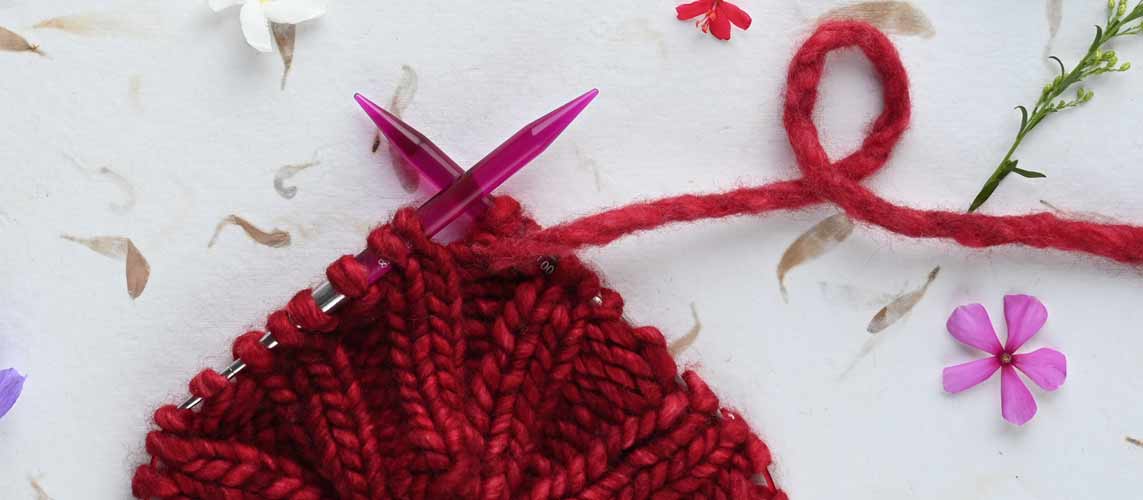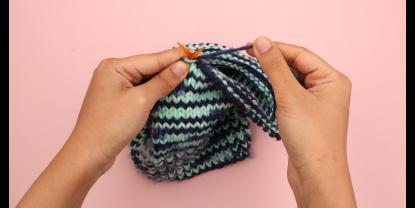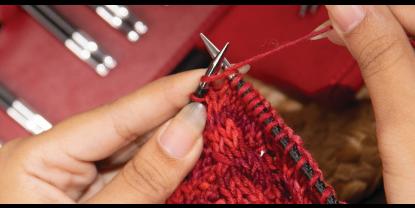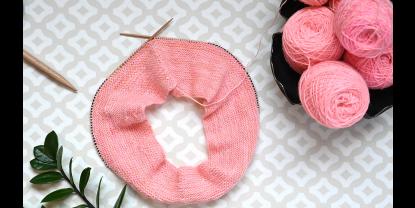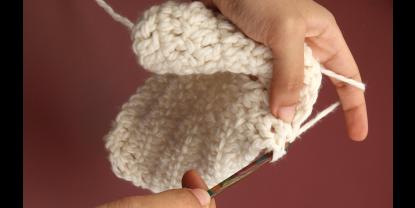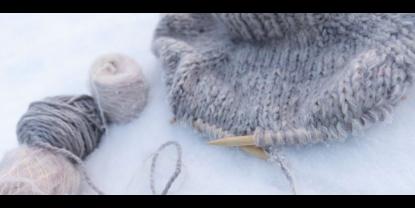It takes a while to finish a hand-knit project and it is natural to try and make it look great. Visible mistakes can ruin the look of projects, so fixing mistakes is worth your time and effort. Sometimes by sacrificing a few rows of work (unknitting or even ripping) and a bit of time, let’s be frank, a lot of patience too). Depending on where your mistake is and how fast you spot it, there are two main ways to save your knitting work. Let it go and make the mistake look a new style or get back to the mistake to correct it. Even while correcting, you can either tink (unknit) or frog (rip it). Tinking is generally the safest way to deal with errors and correct them.
In this blog, we’ll take a look at “Tinking”, the method of un-knitting. The more experienced you get as a knitter, the faster you will discover your mistakes and easily
What is Tinking?
If you read the word “knit” backward you will understand what “tink” means. It is simply the word spelled backward and represents the method. When tinking, we undo the worked stitches one at a time. It’s a safe way to unknit because your stitches stay on the needle and there is no risk of dropping or accidentally unravelling multiple stitches. The not-so-good thing about tinking is that it is a slow process. That’s why it works best if the mistake is caught quickly or within a row or two.
Once you see the mistake, stop knitting. As you have to unknit, there is no point in going forward. Take a closer look at the project. Mark the place where the mistake happened (you can use a locking stitch marker or a safety pin or a stitch holder). If you are following a pattern, mark the place with a pencil.
Here is a good example: Let’s say you spot a purl stitch that should have been a knit stitch, in the row you have just finished knitting. You will need to reverse to where the mistake occurred. In this case, you will work from right to left and slowly retreat by transferring the worked stitch from the left to the right needle – one at a time – gently unknitting each until you get to the point on the row where you made the mistake. Unpurl that stitch (knit or purl) and reknit it correctly.
Scenario 1 - In the middle of the row
If you are in the middle of the row and have spotted a mistake, then it will be easier to tink (unknit) from left to right. Just follow the steps:
a) Pull the working yarn (the one that comes from the yarn ball or skein) to the left. Spot and reach the stitch that is directly underneath the first stitch on your right needle (let’s call it a “mother stitch”).
b) Insert the left needle tip from FRONT to BACK into the “mother stitch”.
c) Slip the first stitch off the right needle. Unravel the yarn.
Scenario 2- At the end of the row
If you noticed the mistake only after you finished the row and turned in your work, it would be easier to tink stitches from right to left. Here are the steps:
a) Pull the working yarn (discussed above) to the left to open the “mother stitch”.
b) Insert the right needle from BACK to FRONT into the “mother stitch”.
c) Slip the first stitch off the left needle. Then unravel the yarn.
Repeat steps (a) to (c) until you get to the mistake. If you followed step 2, the error is marked with a stitch marker.

The process of tinking (unknitting) is the same for knit stitches, purl stitches, and advanced stitches that require a combination of knit and purl and yarn overs.
Simply undo stitches one by one regardless of the type of the stitch.
If you have decreases or increases in this row, undo them too. You have to bring the stitches to the condition they’ve been in before you started working the current row.
When done correcting the mistake, resume knitting. If you follow a pattern repeat, keep in mind that you’ve just unknitted one or more rows. That means that the row you are starting with right now is one or more rows down from the row you worked on before you tinked back.
That is how you tink or unknit your knitting! You’ve learned new knitting terminology and you have another technique to use to fix knitting mistakes. Learning how to fix mistakes will give you confidence in your knitting. And like the great genius Albert Einstein said “A person who never made a mistake never tried anything new.”
Tinking the long stretches of your work is frustrating and slow. In the long run, you will be more satisfied with your work, however. The most important thing to remember is: Keep at it! You can follow our blogs for more information on KnitPro knitting needles, techniques and tips.




